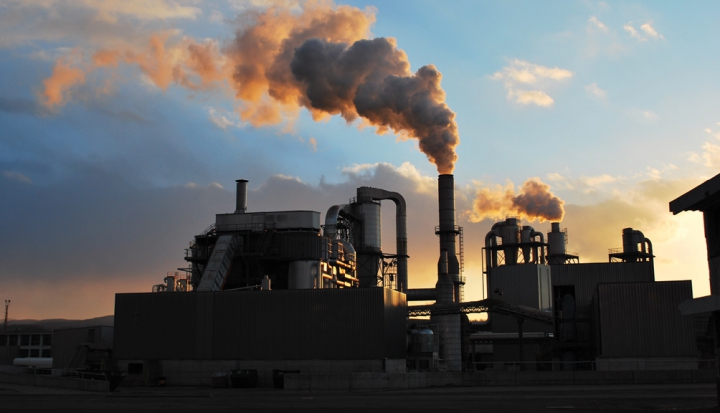So-called “cheap” energy sources will have a high cost for future generations.
We have been told that we live in a threshold age of energy production, an era when industrialized nations are poised to migrate from the combustion of fossil fuels to a solar- and wind-powered, renewable energy future. That has been the political assurance of the Obama administration and the appealing scenarios served up by energy futurists, even from the marketing departments of the large oil and gas corporations which today call the tune on energy policy.
It is a possible future that is increasingly at risk as more evidence emerges of the various threats of climate change. July was the hottest month in the lower 48 states since the government began keeping temperature records in 1895, and a draft report from the Intergovernmental Panel on Climate Change (IPCC) confirms—again—that human activity is warming the planet.
Yet as evidence piles up, government and corporate leaders seem to be preparing not for a future powered by alternative energy, but for a new age of carbon burning. New sources of “cheap” natural gas and oil reserves are being liberated by hydraulic fracturing (aka “fracking”), and political pressure is building for the Keystone Pipeline to carry oil from Canadian tar sands into the United States.
The IPCC draft report, leaked to the media in August, cites practical certainty (95 percent) in the scientific community that global warming is happening and that its potential impact will be devastating. It will certainly be costly.
The Natural Resources Defense Council reports that in 2012 the federal government spent more than $100 billion responding to various “natural” disasters. The city of New York alone may spend as much as $20 billion securing its shoreline from the next Hurricane Sandy. A study published in Nature reports that mitigating the effects of a vast release of methane gas from melting Arctic permafrost could cost as much $60 trillion.
If the industrialized world continues on its present course—a Titanic steaming heedlessly onward into a melting iceberg—the earth will experience 3.6 degrees Fahrenheit of warming beyond preindustrial levels by the end of the century. That will mean radically higher oceans and submerged coastal cities. Sea levels will continue to rise through the 22nd century because of the decisions that are being made in the here and now.
Even if humankind were to completely cease all greenhouse gas emissions today, warming would continue for “many centuries,” according to the IPCC report. “A large fraction of climate change is thus irreversible on a human timescale.”
Fortunately, we don’t have to remain imaginatively trapped within the limits of a human timescale. One of the rarely discussed aspects of Catholic social teaching on environmental stewardship may be the most compelling argument for a reversal of the current course: the idea of intergenerational solidarity. You have probably heard plenty about our obligation to steward the riches and resources of creation so that humankind acts as a sustainer and preserver of creation, not as its ruthless despoiler.
Solidarity calls us to stand with and for the exploited and the vulnerable of the earth today; that will mean preventing the burdens of climate change being shifted to people in the developing world. Intergenerational solidarity requires a slightly more challenging spiritual and imaginative leap to stand with and for our brothers and sisters yet unborn.
To do this, we must avoid choosing options that are “cheap” or personally enriching only for a small percentage of those who are alive today. Options, for example, like building a pipeline that facilitates more fossil fuel burning, or using a technology that could have a devastating, long-term effect on finite resources of drinking water.
Intergenerational solidarity is a spiritual discipline, an obligation to pass on not our problems and our indifference, but the promise of creation to the next generation.
This article appeared in the October 2013 issue of U.S. Catholic (Vol. 78, No. 10, page 39).











Add comment